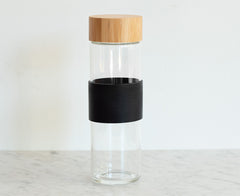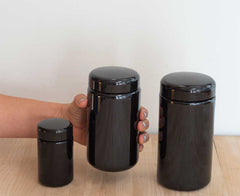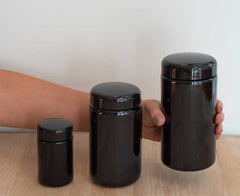Green tea extract: Possible mechanism and antibacterial activity on skin pathogens
Author: Anjali Sharma and Sonal Gupta and Indira P. Sarethy and Shweta Dang and Reema Gabrani
Camellia sinensis (tea) is known for its therapeutic properties (anti-inflammatory, anti-microbial, anti-tumour, anti-oxidative and anti-ageing). Although, anti-microbial properties of green tea have been studied, its role against bacterial strains related to skin infections and mechanism of action is not well understood. We focussed on exploring anti-microbial activity and the basic mechanism of aqueous green tea leaf extract on selected bacterial strains. Staphylococcus epidermidis, Micrococcus luteus, Brevibacterium linens, Pseudomonas fluorescens and Bacillus subtilis were found to be sensitive to green tea extract via disc diffusion assay (zone of inhibition ⩾7 mm). Minimal inhibitory concentration (MIC) was determined via nitro blue tetrazolium (NBT) assay (0.156–0.313 mg/ml). Moreover, the aqueous extract was found to be not toxic to the Vero cell-line up to a concentration of 500 μg/ml. The effect of aqueous extract on adhesion of different bacteria to Vero cells indicated that it inhibits the adhesion at its MIC value.



